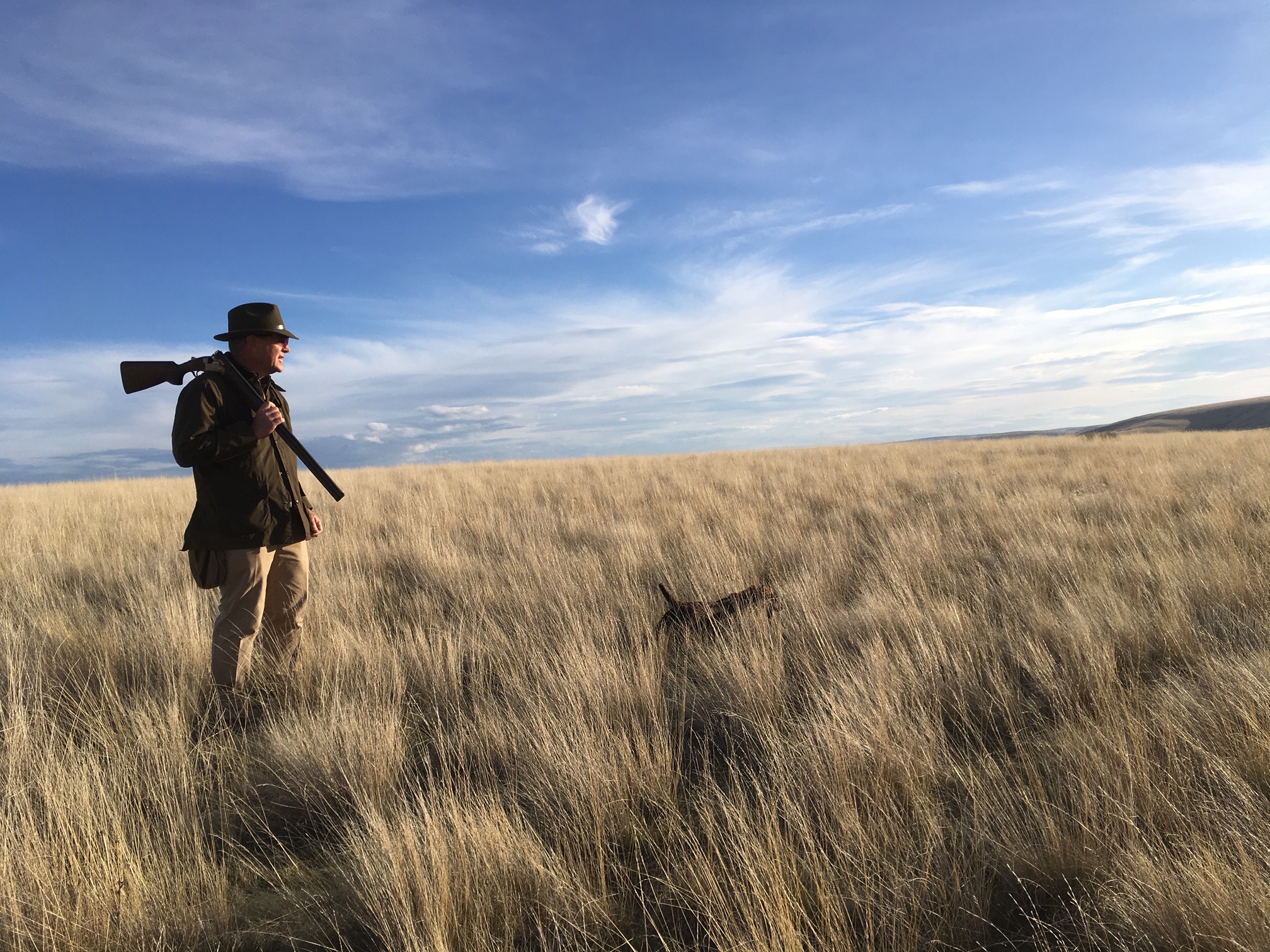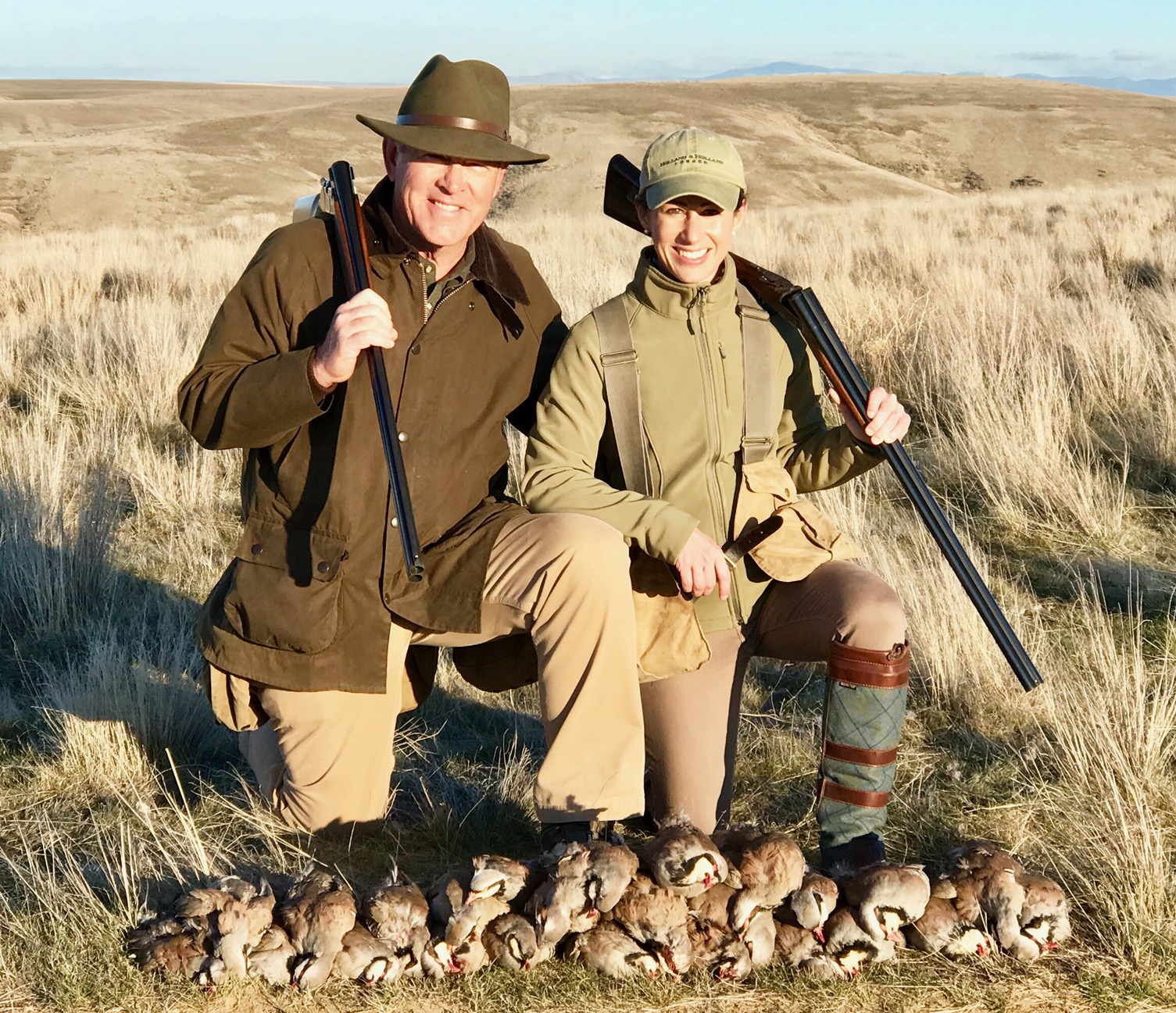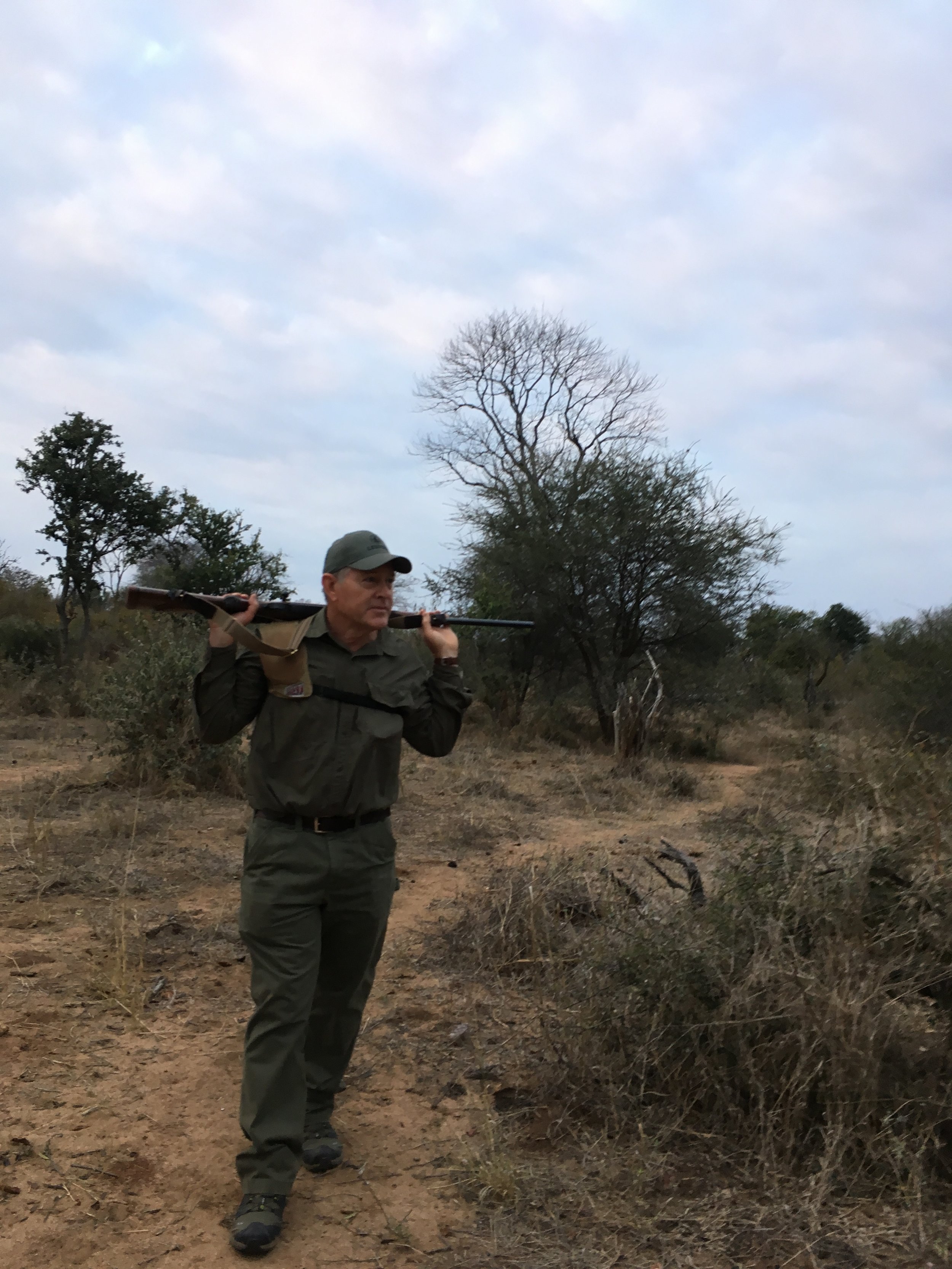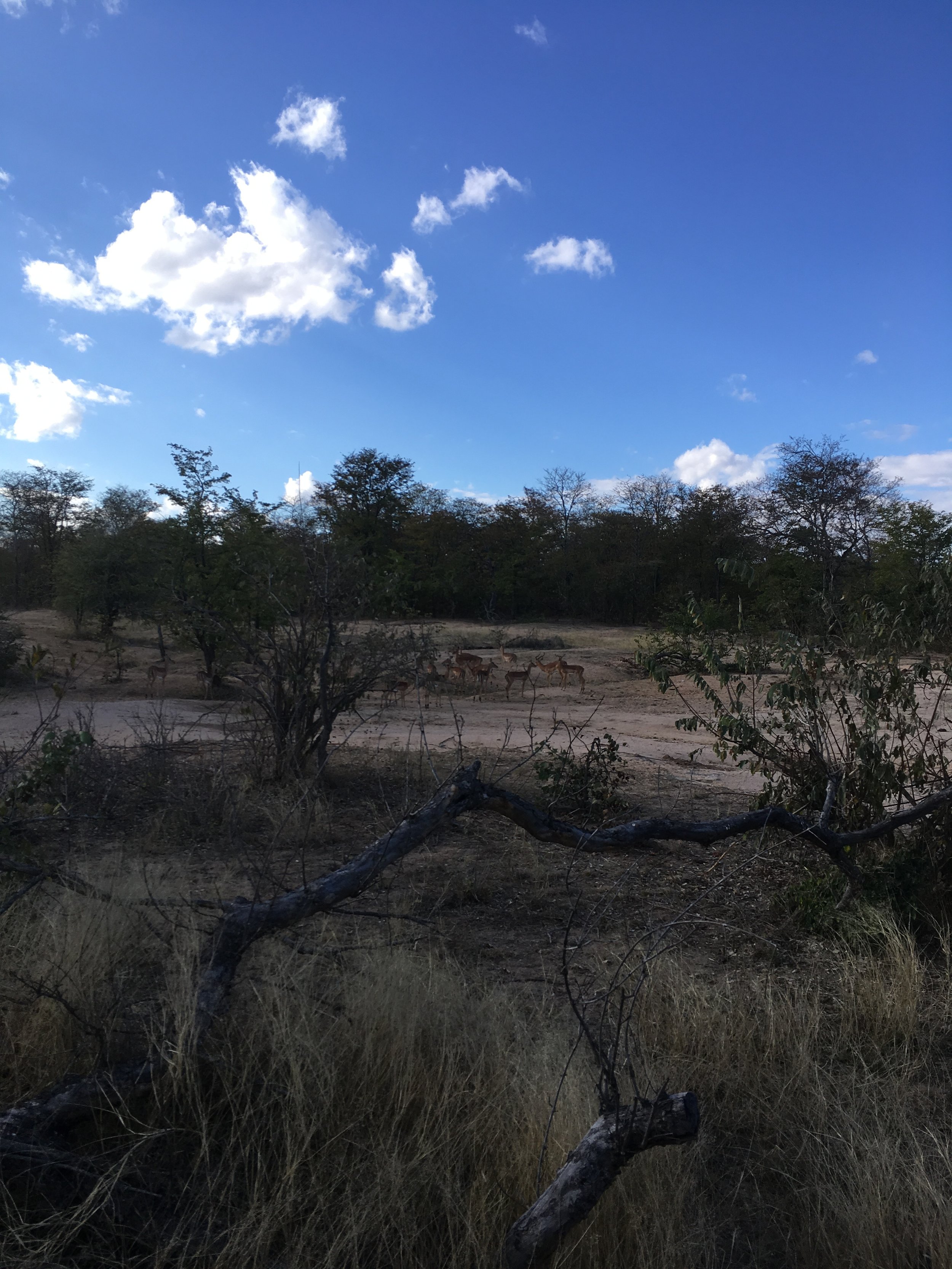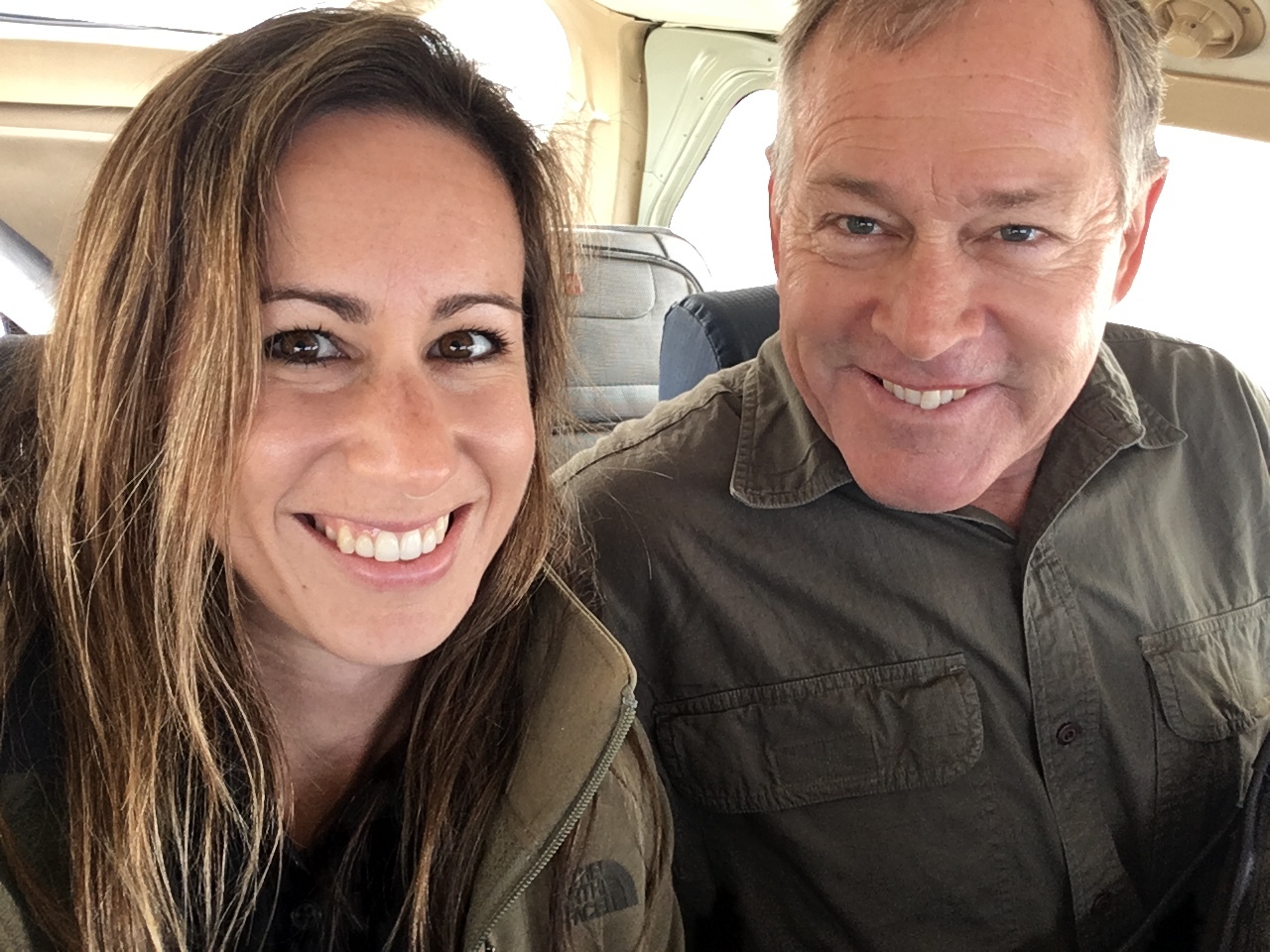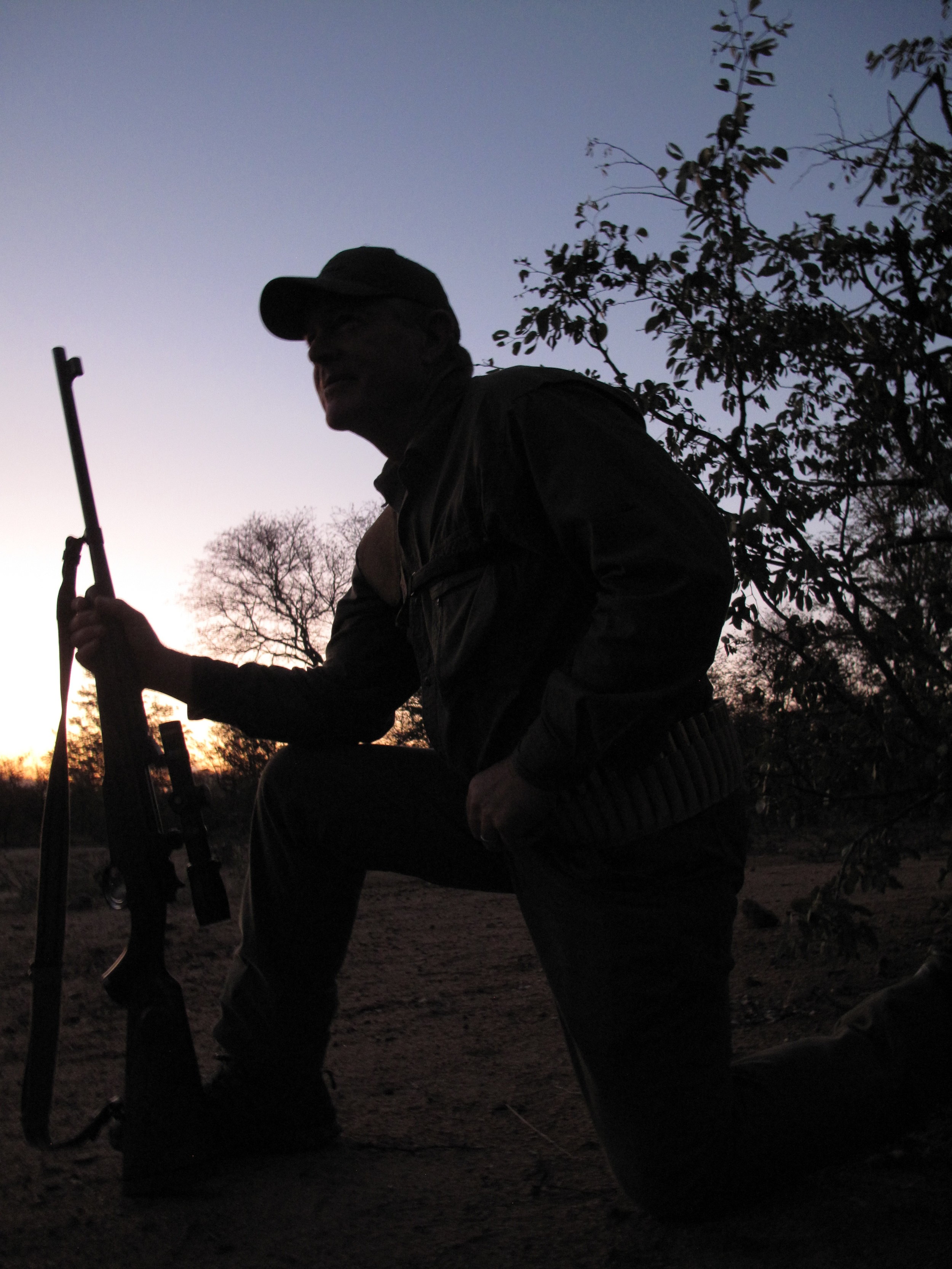When our guide compared chukar hunting to the Winter Olympics, I was at first confused. However, after an afternoon in the hills of eastern Oregon, I now understand what he meant. And I couldn’t describe it better myself.
Of all the sports in the Winter Olympics, my favorite to watch is the biathlon. In this event, athletes must demonstrate extreme physical conditioning in cross-country skiing, combined with the calm and focus of precision rifle shooting. The history of the biathlon stems from survival roots, as people hunted on skis in the snowy Scandinavian mountains.
So, then, what does an Olympic sport based in survival skills have to do with chukar hunting? Everything. Chukar are one of the most difficult birds to hunt. They are native to the mountainous regions of the Middle East and Asia, but now thrive in parts of the United States. In Oregon specifically, the chukar population is growing. They can be found at the tops of the rolling hills, in the rocky crevasses of the valley, or hidden in the low mountain grasses. The terrain is what makes these birds challenging, yet addicting, to shoot.
On my first chukar hunt, just a few months ago at Highland Hills Ranch near The Dalles, our guide drove us to the top of a steep hill. It was difficult to open the truck doors as the wind was blowing with force. He released two English pointers, their muscular legs driving them up and down the hills and valleys with ease. As soon as they went on point, one after the other, out of respect, the English cockers descended like tireless bounding jackrabbits upon the bird. Then, the chukar would fly. Some high, some low, some in the valleys, some off the side of the cliff. Regardless of the direction, we were ready and waiting in the shooting line. Bam, bam, I pulled the triggers of my side by side 28-gauge. Down went the bird. Another! Bam, my father shot as a second bird flew straight in the air, then hit the ground with a thud. Nothing is quite as satisfying as watching these round bearded birds fall from the sky.
As the afternoon sun lingered, the birds got tougher. Already hunting at a very high altitude, the dogs went on point. The cockers flushed. Nothing. As soon as the pointers were called off, they bounded down the side of a steep valley, out of sight. Naturally, they went on point at the base of the hill. We followed suit, quickly, though with care, so as not to lose our footing or our shotguns. Finally, we arrived at the bottom. Where was the chukar? The tireless cockers had come back empty handed. Rather than flying through the valley, the bird had ascended to the top of the next hill. With very labored breathing, we climbed, following the path of the pointers until they stopped. They were on point. The cockers went in. Up flew a chukar! We were out of breath, our legs shaking. Then, somehow, with extreme precision and accuracy, my father raised his Beretta and fired a single, perfect shot. The bird dropped. Our guide shouted in disbelief! Apparently, this was atypical of first time chukar hunters. For us, it was an Olympic-like moment.
On the way back to the truck, the guide once again reminded us of how chukar hunting was like the Winter Olympics. Apparently the average success rate for hunters is one out of every six. Somehow, we managed to take over 25 that day, with just a few that got away.

